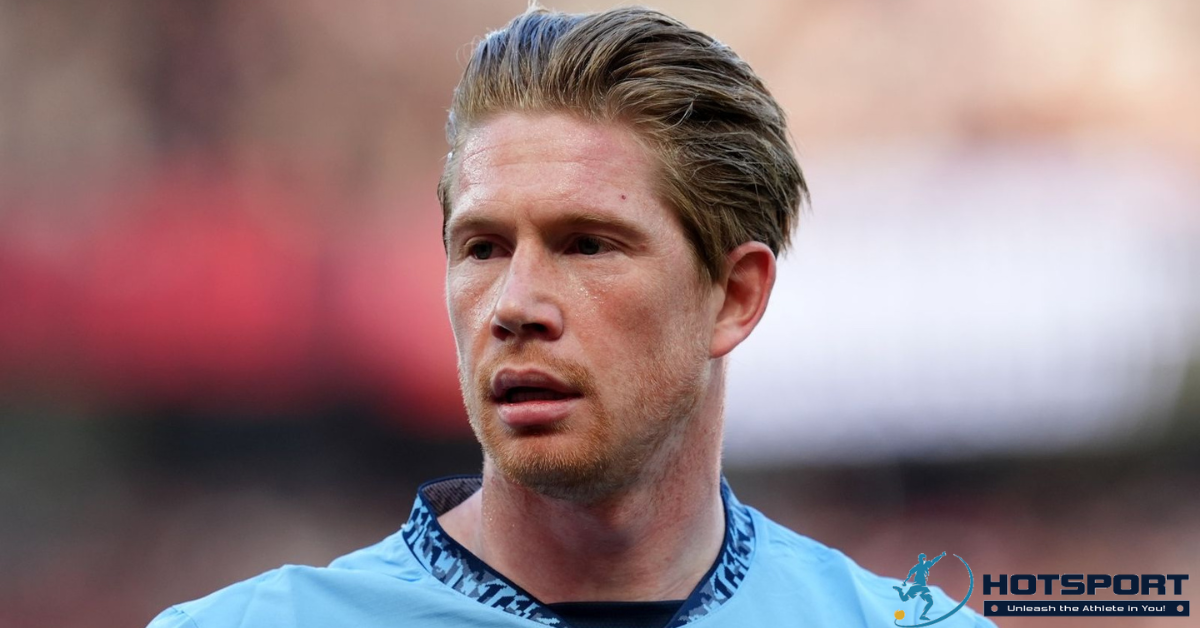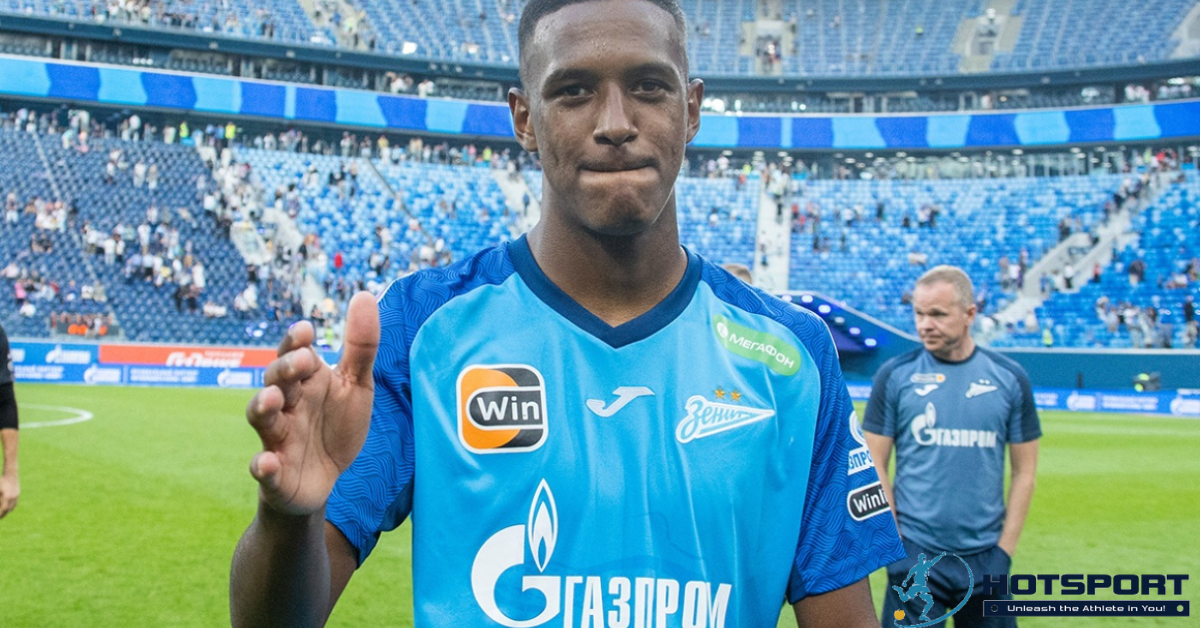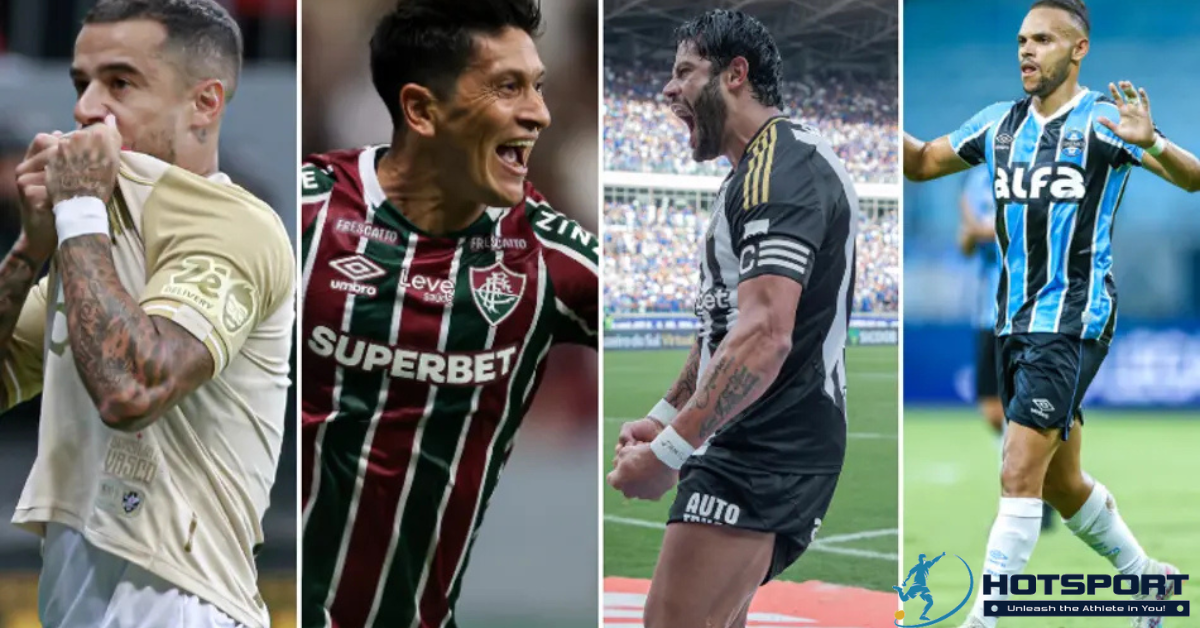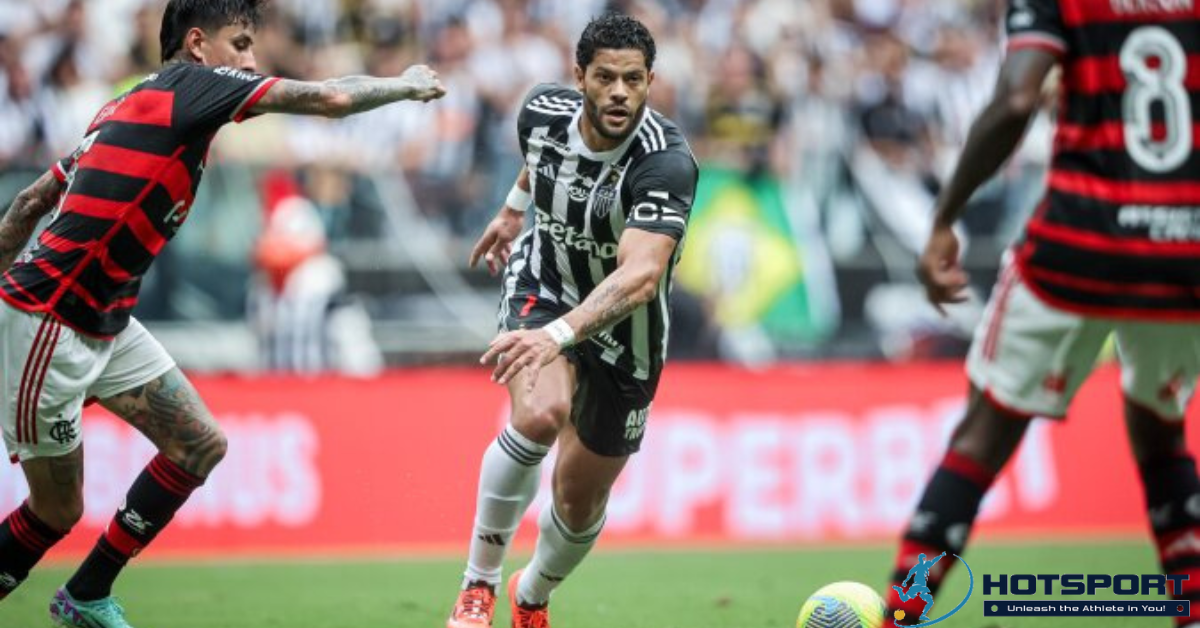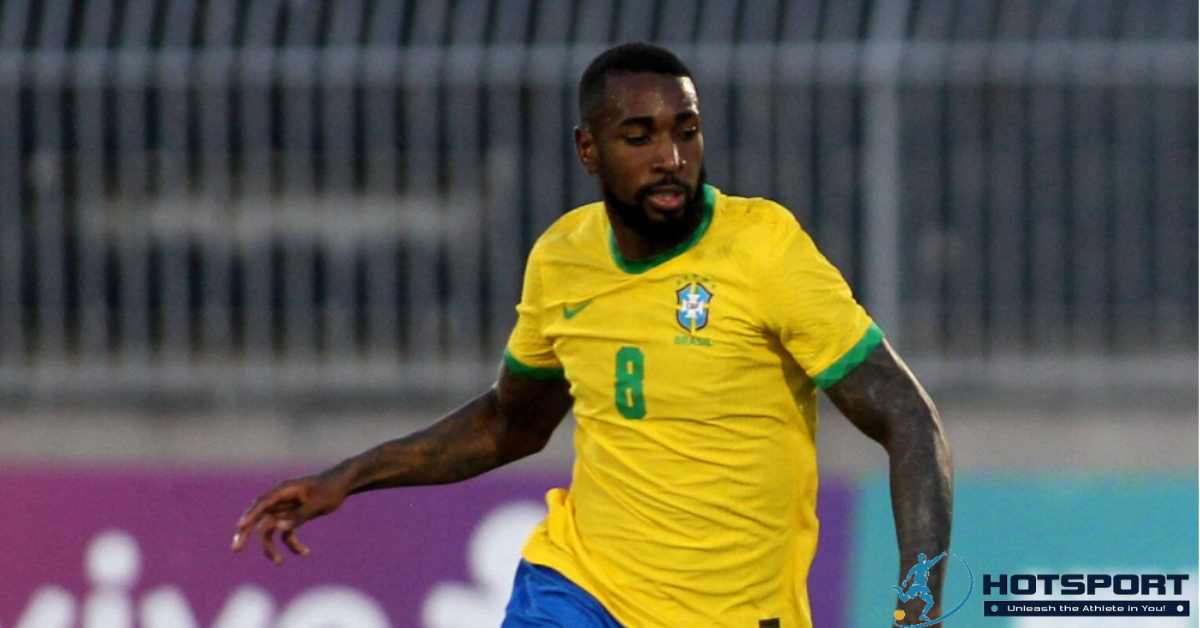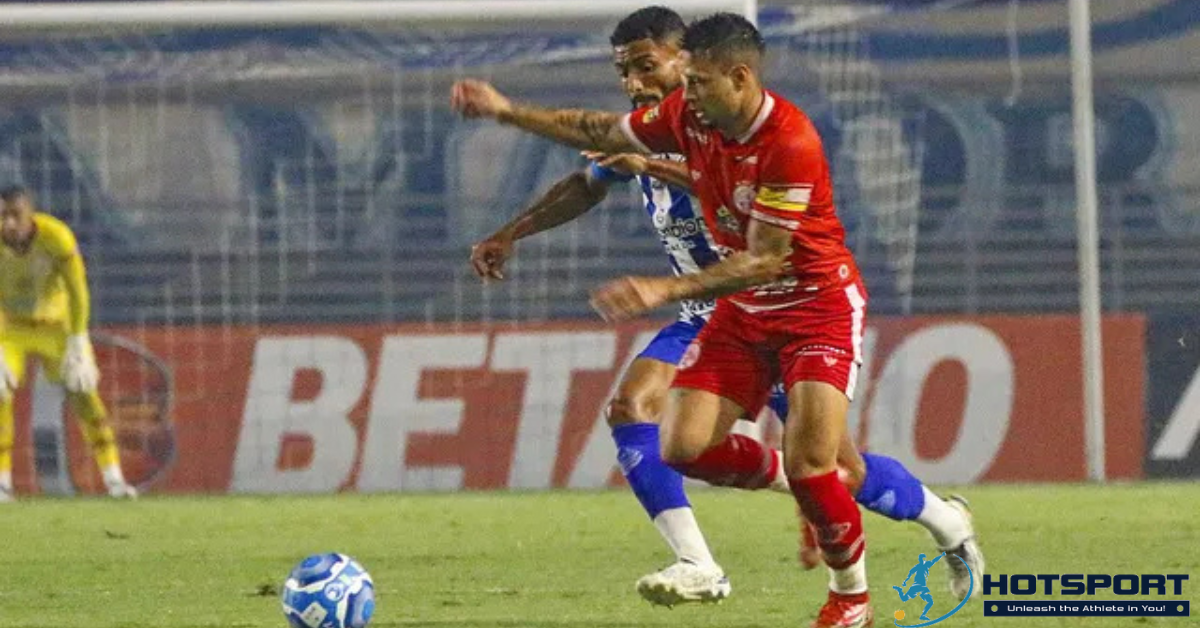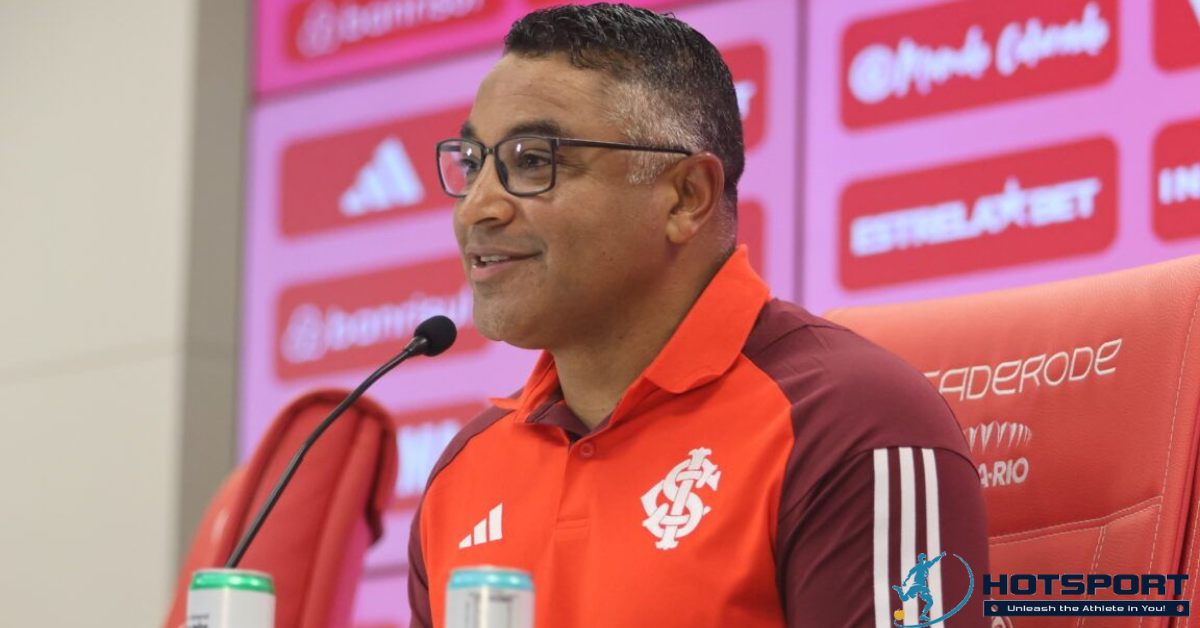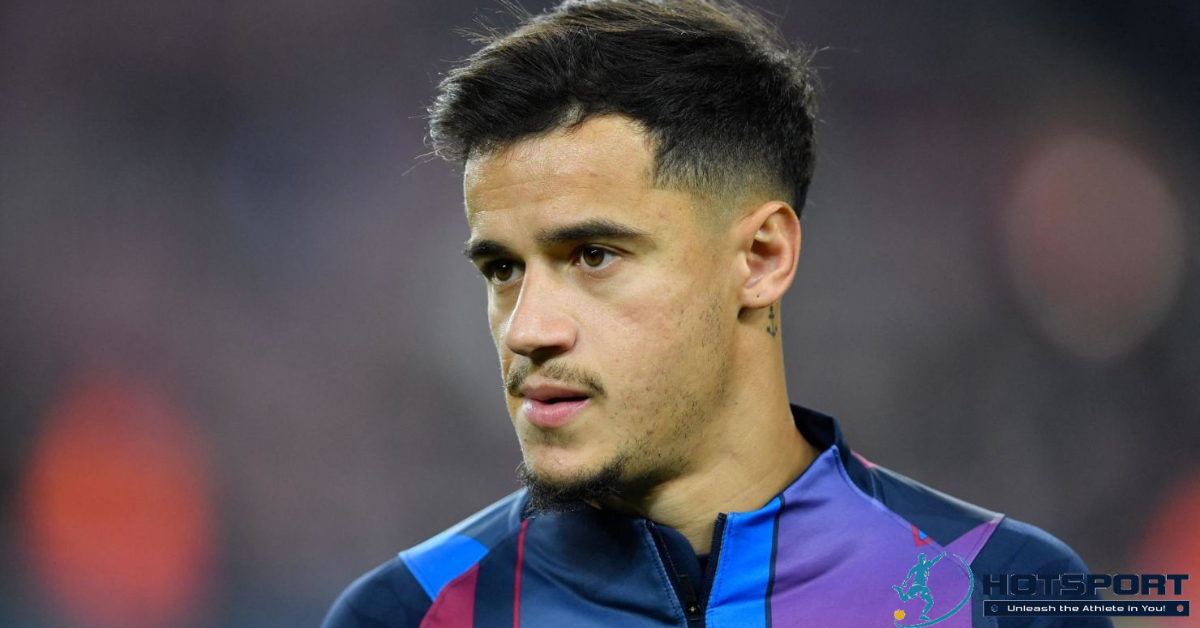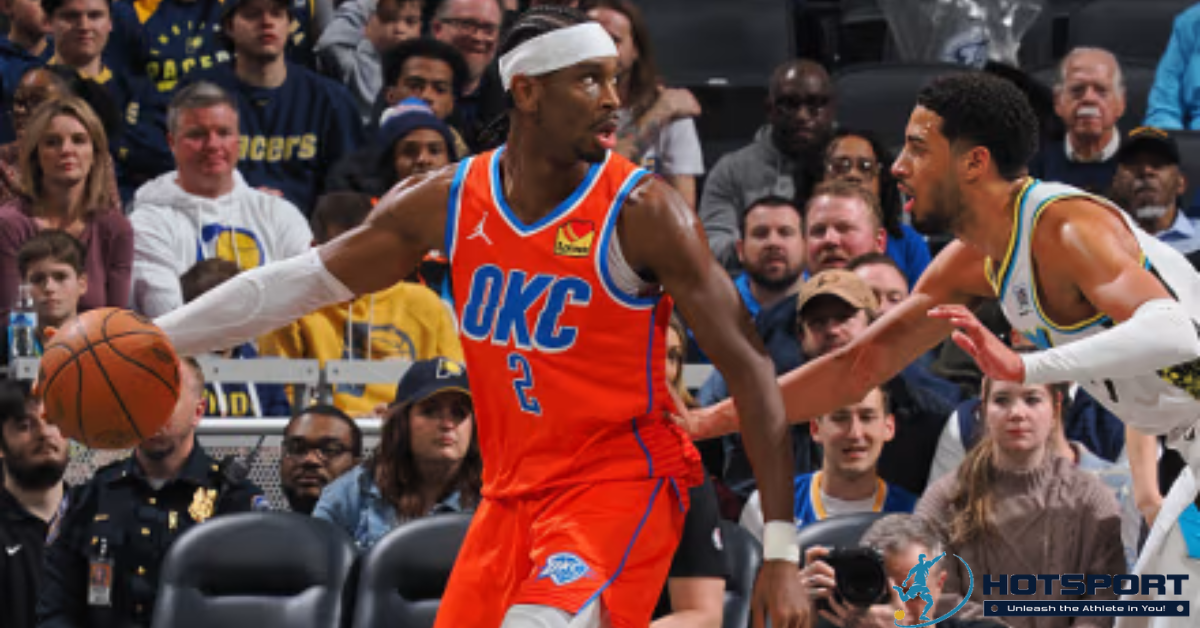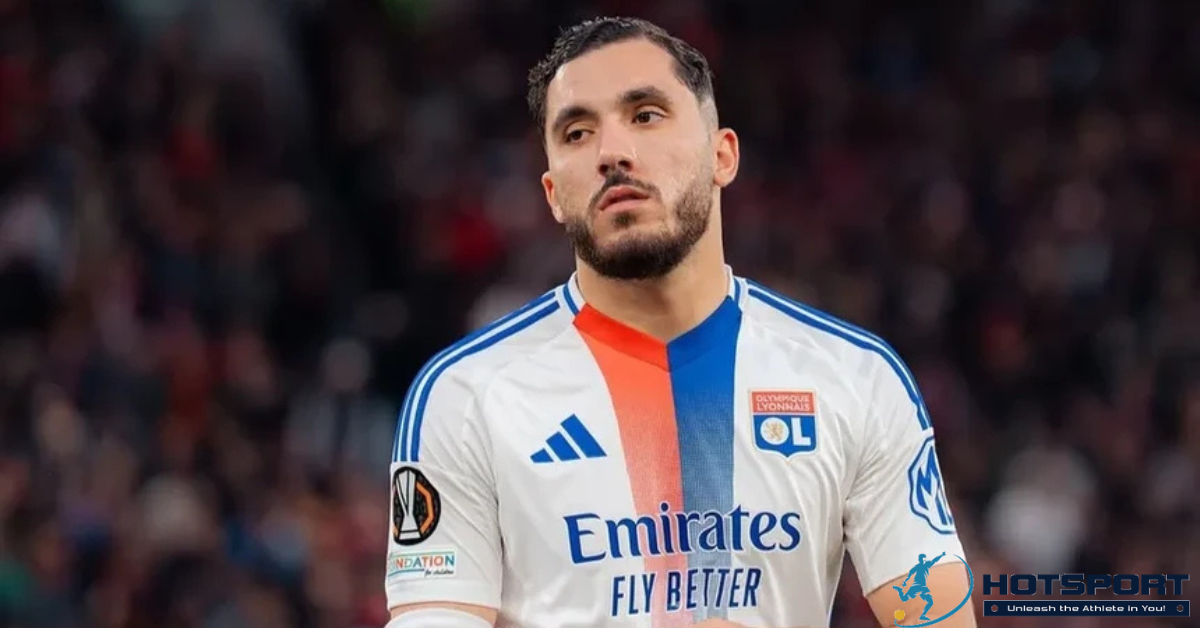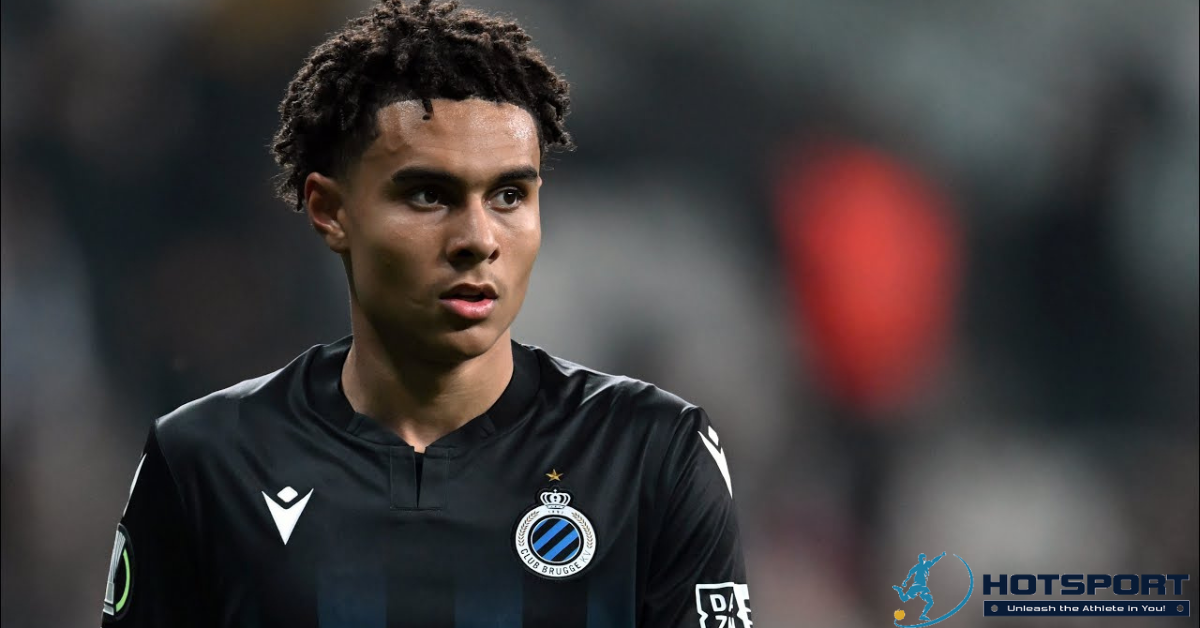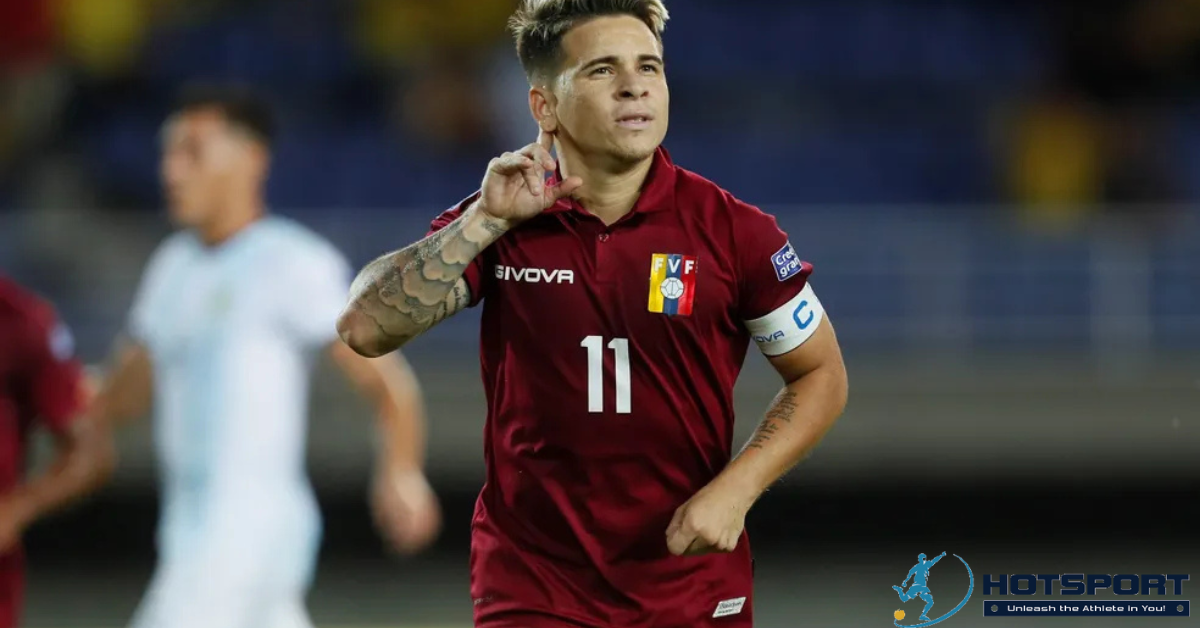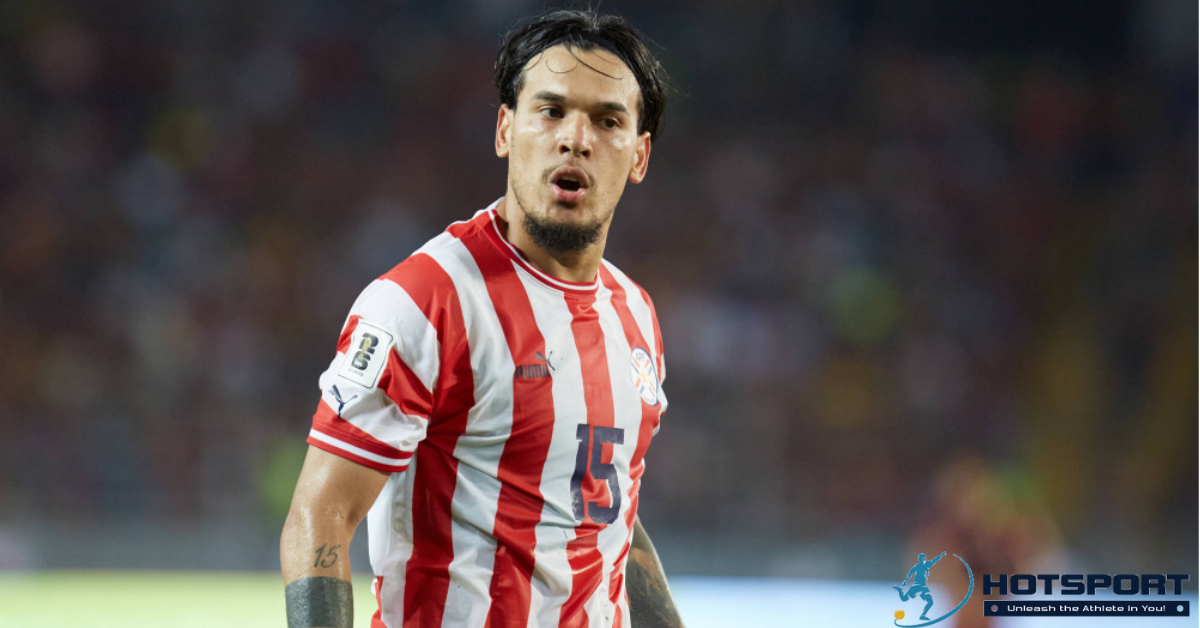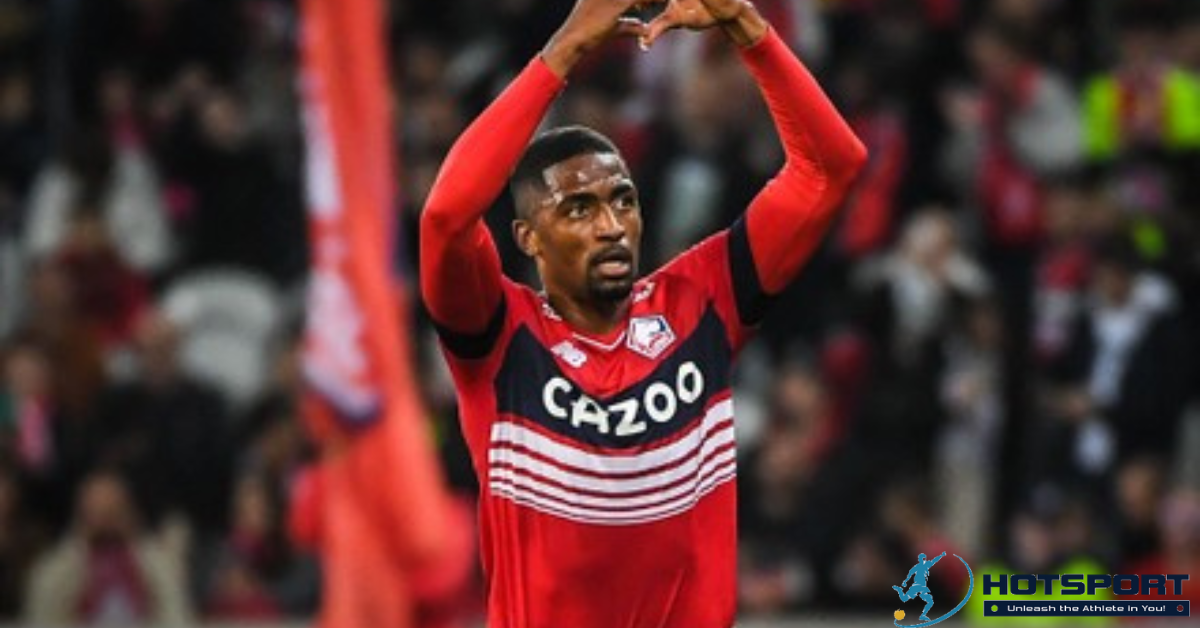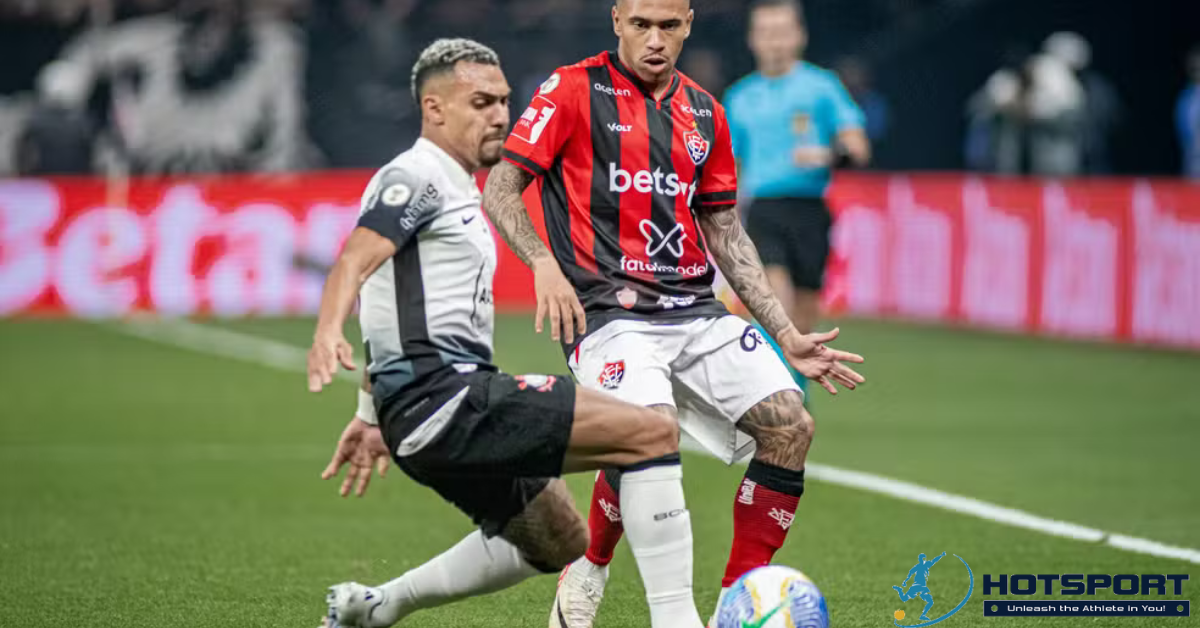Philippe Coutinho: The Journey of a Brazilian Football Magician
Philippe Coutinho Correia, born on June 12, 1992, in Rio de Janeiro, is one of the most talented and charismatic players in Brazilian football. Currently, he plays as an attacking midfielder or left winger for Vasco da Gama, a Série A club in Brazil, on loan from Aston Villa in the Premier League. Known for his exceptional vision, precise passing, mesmerizing dribbles, and long-range shooting, Coutinho has won fans worldwide. This article explores his journey from his early days on the streets of Rio to the global stage, highlighting his skills, challenges, and return to the club that launched his career.
Early Life and First Steps in Football
A Humble Childhood in Rio de Janeiro
Born in the Rocha neighborhood in Rio’s north zone, Philippe Coutinho is the third son of Esmeralda Coutinho and José Carlos Correia, an architect. Raised in modest circumstances between a favela and industrial warehouses, Coutinho was a shy child who preferred solitude. His passion for football sparked early, inspired by his older brothers, Cristiano and Leandro, who played with friends on a local concrete court. These informal games ignited Coutinho’s interest in the sport, though his shyness initially made him hesitant to join in.
Starting in Futsal and Discovering Talent
At six, Coutinho began playing futsal, a sport he credits for developing his technical skills, such as ball control and improvisation. The fast-paced, confined nature of futsal shaped his agile and creative playing style, which became his trademark. His talent shone during a local tournament, where a friend’s grandmother urged him to join a football academy. After a successful trial, Coutinho was invited to join Vasco da Gama’s youth ranks, one of Brazil’s most traditional clubs.
Shining in Vasco’s Youth Academy
At Vasco, Coutinho quickly stood out. His ball control, vision, and improvisation made him a standout in the youth teams. He earned a call-up to Brazil’s under-14 national team, showcasing his potential in international competitions. In 2008, at 16, his talent caught the eye of Internazionale, an Italian club that signed him for €4 million. Due to Italian regulations prohibiting foreign players under 18, Coutinho remained at Vasco on loan for two more years.
Professional Career at Vasco da Gama
Professional Debut and Série B Title
Coutinho was promoted to Vasco’s senior team in 2009 at age 17. He made his professional debut on June 19 in a 0-0 draw against Duque de Caxias in the Brazilian Série B. Despite his youth, he displayed maturity, appearing in 12 matches that season. His contributions were vital to Vasco’s Série B title win, securing their return to Brazil’s top flight in 2010.
The following year, Coutinho established himself as a starter. On January 24, 2010, he scored his first two professional goals in a historic 6-0 thrashing of rivals Botafogo in the Campeonato Carioca, earning the “Best Midfielder” award for the tournament. On May 27, he scored his first Brasileirão goal in a 3-2 victory over Internacional. His final match for Vasco was on June 6 against Santos before his move to Internazionale.
An Early Legacy
From 2009 to 2010, Coutinho played 44 matches for Vasco, scoring 5 goals and providing 9 assists. His ability to create plays and finish with precision made him one of Vasco’s greatest revelations of the 21st century. His departure to Europe was a milestone, though it left Vasco fans longing for their young star, seen as the future of Brazilian football.
European Adventure
Internazionale: A Challenging Start
In July 2010, after turning 18, Coutinho officially joined Internazionale. He debuted on August 27 as a substitute in a 2-0 loss to Atlético Madrid in the UEFA Super Cup. Despite high expectations, he struggled to break into the starting lineup due to intense competition and the adjustment to European football. On May 8, 2011, he scored his first goal for Inter, a stunning free-kick in a 3-1 win over Fiorentina.
Loan to Espanyol: Regaining Confidence
In 2012, seeking more playing time, Coutinho was loaned to Espanyol in La Liga. Under manager Mauricio Pochettino, he found the freedom to express his game. In 16 matches, he scored 5 goals and provided 1 assist, shining as a bright spot in a challenging season for the club. This experience was crucial in restoring his confidence and preparing him for his next chapter.
Liverpool: The Peak of His Career
In January 2013, Coutinho signed with Liverpool for £8.5 million, a transfer that proved to be a bargain. He debuted on February 11 as a substitute in a loss to West Bromwich Albion and scored his first goal for the Reds a week later in a 5-0 rout of Swansea City. Under Brendan Rodgers, Coutinho flourished, earning the nickname “Little Magician” for his dazzling plays.
From 2013 to 2018, he played 201 matches for Liverpool, scoring 54 goals and providing 45 assists. In 2015, he was named to the PFA Team of the Year and voted Liverpool’s Player of the Year by both fans and players, a feat he repeated in 2016. A standout moment was his hat-trick against Spartak Moscow in the 2017 Champions League, where he captained the side. His £142 million transfer to Barcelona in January 2018 was one of the most expensive in football history.
Barcelona: Highs and Lows
At Barcelona, Coutinho struggled to replicate his Liverpool form. Despite winning two La Liga titles (2018 and 2019) and the Copa del Rey (2018), he never secured a regular starting spot. In 76 matches, he scored 25 goals and provided 14 assists. His time was marked by flashes of brilliance, like a goal in a 5-1 win over Real Madrid, but also inconsistency.
Loan to Bayern Munich: The Treble
In 2019, Coutinho was loaned to Bayern Munich, where he rediscovered his best form. In 38 matches, he scored 11 goals and provided 9 assists, contributing to Bayern’s treble (Bundesliga, German Cup, and Champions League) in 2020. Despite his success, Bayern declined to make his move permanent, and he returned to Barcelona.
Aston Villa and Al-Duhail: New Chapters
In January 2022, Coutinho was loaned to Aston Villa, reuniting with former teammate Steven Gerrard, then the club’s manager. He scored 5 goals and provided 3 assists in 19 matches, leading to a permanent transfer. However, injuries and inconsistency limited his impact. In 2023, he was loaned to Al-Duhail in Qatar, where he scored 3 goals and provided 2 assists in one season.
Return to Vasco da Gama
An Emotional Homecoming
On July 10, 2024, Coutinho returned to Vasco da Gama on loan from Aston Villa, a moment of great emotion for fans. He redebuted on July 21 in a 2-0 loss to Atlético Mineiro. Despite early setbacks, including injuries and a COVID-19 infection, he showed his class in a clássico against Flamengo on September 15, scoring a header to secure a 1-1 draw.
Performance in 2024
As of October 2024, Coutinho has played 10 matches for Vasco, scoring 2 goals and providing 7 key passes, with an average Sofascore rating of 6.84. Despite the club’s relegation battle, his presence has brought hope to fans. Posts on X reflect the excitement of Vasco supporters, with many noting his desire to stay beyond his loan’s end in June 2025.
Brazilian National Team
Coutinho debuted for Brazil on October 7, 2010, in a friendly against Iran. He was a key player in the 2009 South American U-17 Championship, scoring 3 goals. Though overlooked for the 2014 World Cup, he featured in the 2015 Copa América, the Copa América Centenario, and 2018 World Cup qualifiers. As of 2025, he has 68 caps and 21 goals for Brazil.
Playing Style and Legacy
Known for his technical brilliance, Coutinho combines vision, close-control dribbling, and precise long-range shooting. His ability to create and finish plays makes him a versatile player, capable of excelling as an attacking midfielder or winger. Despite ups and downs in Europe, his return to Vasco symbolizes a homecoming, where he aims to rediscover the magic that defined his career.
Personal Life
Coutinho has been married to Ainê, his longtime girlfriend, since 2012. The couple has two children, Philippe Coutinho Jr. and Maria. Known for his low-key demeanor off the pitch, he has tattoos honoring his family. In 2021, he released a YouTube documentary about his recovery from a knee injury, showcasing his resilience.
Conclusion
At 32, Philippe Coutinho continues to captivate football fans with his talent. His journey, from Rio’s streets to Europe’s biggest clubs and back to Vasco, is a story of overcoming challenges, showcasing skill, and embracing his love for the game. At Vasco, he has the chance to write a new chapter, reigniting the passion of fans and cementing his legacy as one of Brazil’s greatest talents.

